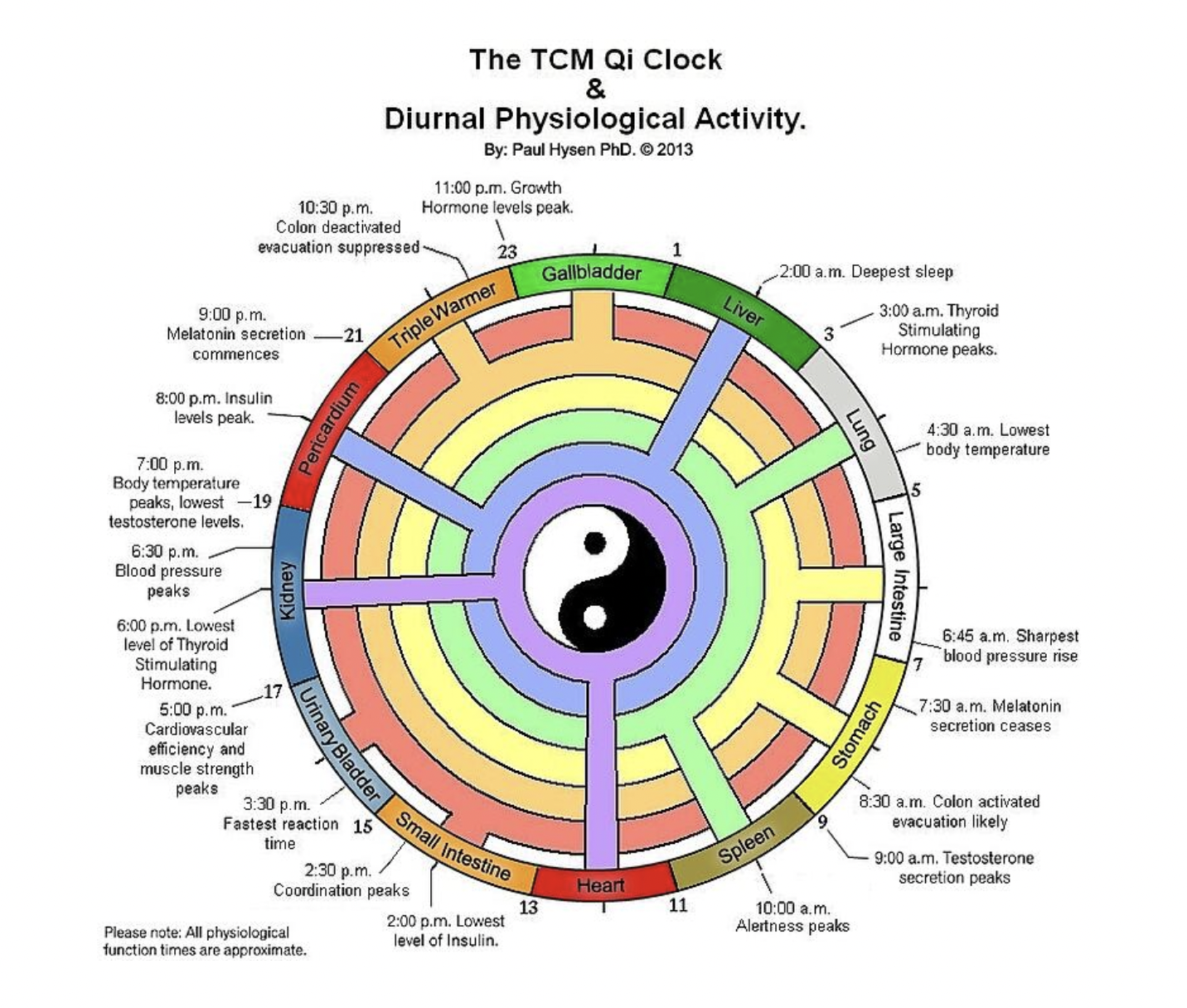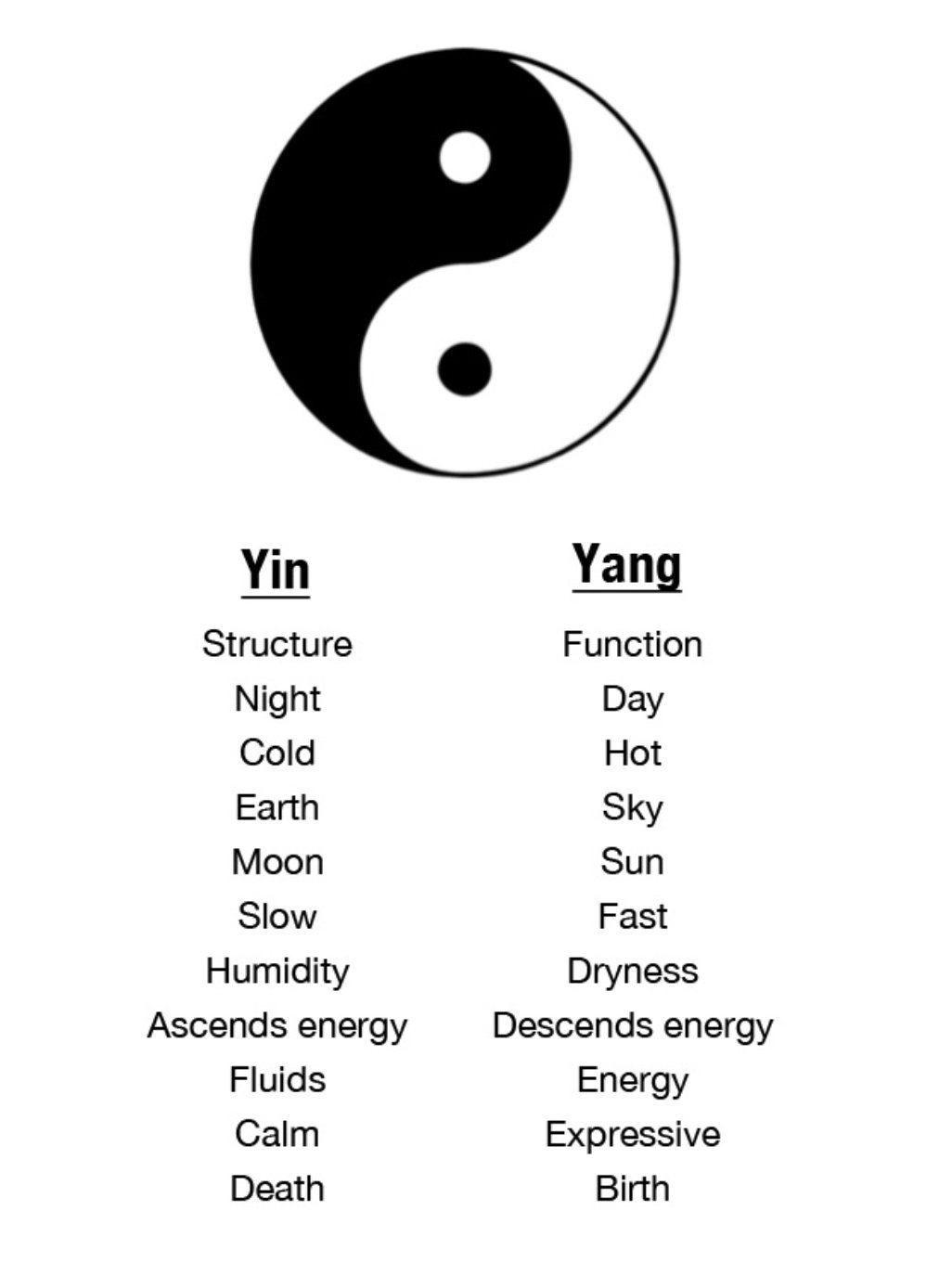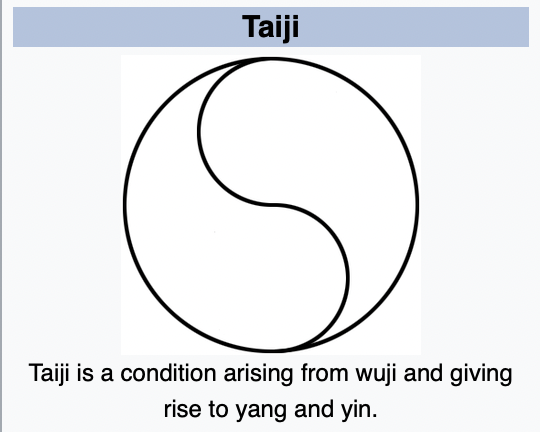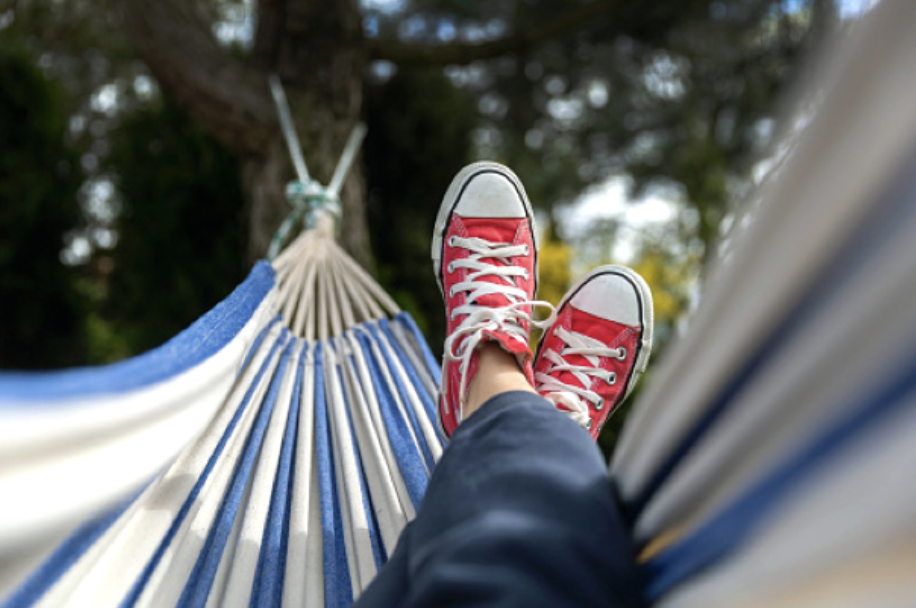You know that feeling when you are being brave and you soldier on, and then someone sympathetic turns up and that triggers repressed emotions to well up or even flow right out?
That’s a really special moment.
Like in that moment of distress when you unexpectedly see a familiar face or someone with kind eyes asks “How are you?” Something inside our bodies knows it is now ok to break open and let some emotions be felt.
I find my 'guard' somehow knows when to go up and when it is safe to come down, like my body can read the kind intentions a person holds for me.
My sister and I have just shared stories of the times this has happened to us.
Here’s one of my stories. You might have a similar one that you can share with a friend and perhaps they will have one to share back with you.
~~~
I arrived to meet a friend in the city, but she turned up to a different place on the other side of Melbourne. We we're both upset about the mixup particularly because of a fragile situation to begin with. I felt a sense of incompetence, and disappointment and shame for having let someone down but probably I had a hundred micro moments of unresolved upsets too that decided to hijak this moment.
Being in the busy city alone felt overwhelming, so waiting to be seated in such a fancy restaurant, alone, brought up a whole history of insecurities. I felt small, I felt I did not belonging there, I felt exposed and basically dejected. Thanks to past trauma this simple situation had me feeling more than miserable.
My thoughts darted from how angry and mean my friend was going to be about it all when I next see her next, to thinking that everyone here knows I don’t have the right to be here: I am not dressed right and I’m not rich enough. I am a nobody. I have nobody… etc…
I literally had tears falling down my cheeks as I ate my bolognes. I was so hungry that I just had to stay and eat anyway. After that I had to sit and finish my wine (which I really could not afford). Then, seeing me hunched and averted, without me having ordered it, a waitress quietly came over and placed a dessert before me - a gift, a gesture of human connection and care.
“From me, to you” she said.
It brought much warmth and colour back into my heart and mind. As I took in the sweetness with each mouthful, I allowed myself to cry happy tears this time, and to feel the ancient, healing depths of my own being.
I remember the restaurant no longer felt like a room of enemies judging me, it became soft and warm like a room of friends. When I stepped out into the cold night air an incredible feeling of being whole and protected wrapped itself around me. I felt totally able to embrace life on the journey home and to even be a radiant presence for others to warm themselves in.
~~~
This is the power of being witnessed by another.
The presence of a caring person has a power to touch and move us deeply. It's the basis of friendship, good communities, and is essential in the healing power of therapy.
Pioneer of a body-centred psychological approach, Peter Levine, says
“Trauma is not what happens to us but what we hold inside in the absence of an empathetic witness”
Without an empathetic witness, emotions can get stuck in the tissues of the physical body, and those stuck emotions can become ingrained behaviours and beliefs about ourself and the world.
We are social creatures and thriving means feeling we belong.
Knowing we are seen, heard and fully witnessed is a joyous and healing state. It is a state where we feel whole and where love can be present.
Even in silence, this conscious presence of another holds validating and healing qualities.
For now I ask myself: If I were to be fully seen in the compassionate presence of another what part of me would want to show up?
What part of you is wanting to show up?
With Love,
Katie de Araujo















